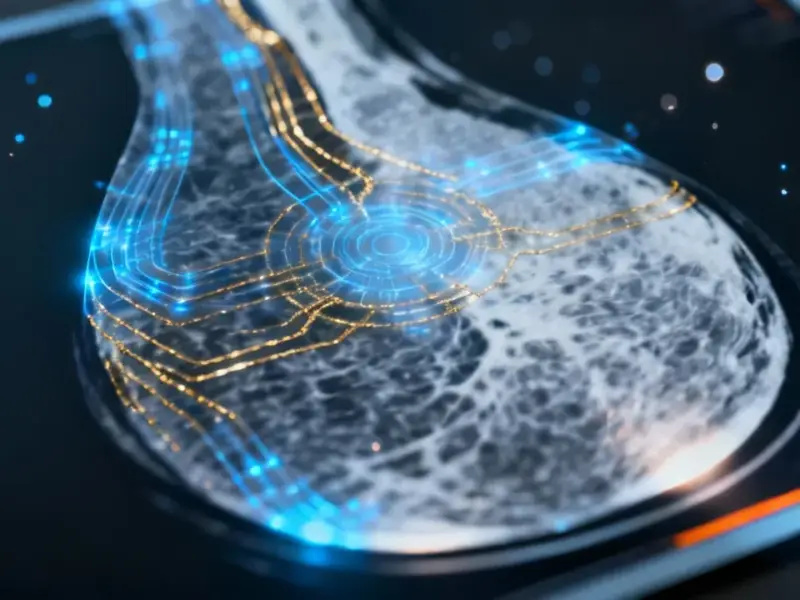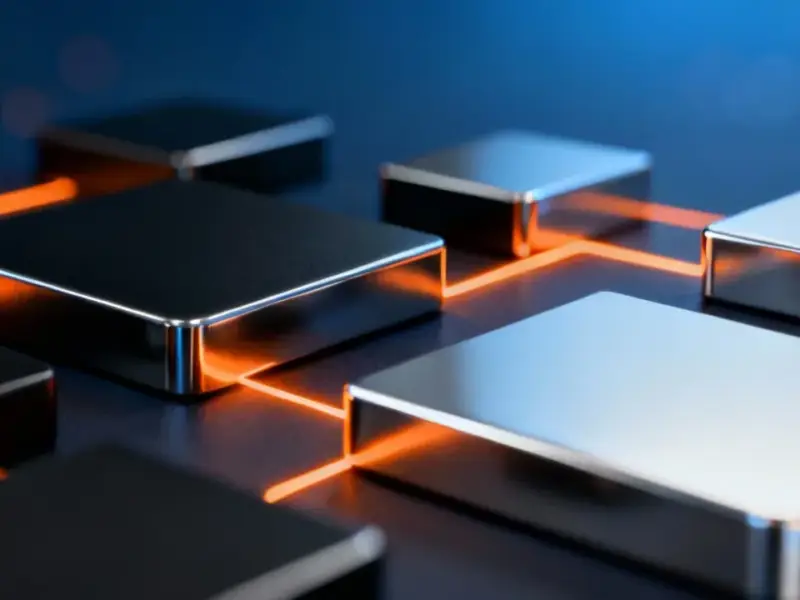According to Android Authority, leaked information suggests Google’s Nano Banana 2 AI image generator could represent a significant leap forward in AI image quality. The leak, originating from users on the platform formerly known as Twitter, shows what appears to be preview images from the upcoming model codenamed Gempix. These images demonstrate noticeable improvements in rendering quality with more detail and fewer AI artifacts. The report from WinFuture claims Nano Banana 2 is based on Gemini 2.5 Flash Image and will support resolutions from 1K to 4K, featuring native 2K rendering with upscaling to 4K. Perhaps most importantly, the new model reportedly uses a multi-stage generation process that plans, verifies, and refines images before output, unlike current single-pass generators.
Why this matters
Here’s the thing about AI image generation right now – we’re hitting a wall where better resolution isn’t enough. Everyone’s chasing higher pixel counts, but the real battle is happening in the quality of those pixels. Nano Banana 2’s reported multi-stage approach could be a game changer because it’s addressing the fundamental problem with current generators: they’re basically making one big guess.
Think about how humans create art – we sketch, we refine, we step back and check our work. Current AI generators don’t do that. They take your prompt and spit out a finished product in one shot. If this leak is accurate, Google is building something that actually thinks about the image in stages. That could mean fewer of those weird AI artifacts we’ve all seen – you know, the extra fingers, the floating objects, the nonsensical text.
Resolution reality check
Now, about that 2K native rendering and 4K upscaling – let’s be real for a second. Higher resolution sounds great on paper, but what good is 4K if the image still has six-fingered hands? The resolution improvements are nice, but the multi-stage generation is the real story here.
And honestly, I’m a bit skeptical about how much difference native 2K will actually make for most users. Most people are viewing these images on phones or standard monitors where the difference between 1K and 2K isn’t that dramatic. The upscaling to 4K is probably more about marketing than practical utility for now.
Leak credibility
We need to talk about how sketchy this leak feels though. It’s coming from third-party sources on Twitter and a German tech site – not exactly official channels. Google hasn’t confirmed anything, and these “accidental” previews have a way of being not-so-accidental when companies want to test the waters.
But here’s what makes me think there might be some truth to it: Google needs to respond to the rapid improvements we’re seeing from competitors. Midjourney keeps getting better, OpenAI’s DALL-E is evolving, and the open-source models are catching up fast. Google can’t afford to rest on Nano Banana’s viral success – they need to keep pushing boundaries.
What’s next
If this leak turns out to be accurate, we could be looking at a fundamental shift in how AI image generators work. The single-pass approach might become outdated quickly if Google proves that multi-stage generation produces significantly better results.
Basically, we’re moving from AI that creates images to AI that actually understands what it’s creating. That’s the real breakthrough here – not the resolution bump, but the intelligence behind the pixels. The question is, will other companies follow suit, or will Google carve out a unique advantage with this approach? Only time will tell, but the AI image wars are definitely heating up.




